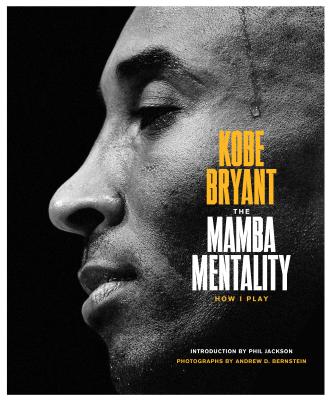How local contexts help us understand why White voters in America’s heartland are shifting to the rightOver the past several decades, predominantly White, postindustrial cities in America’s agriculture and manufacturing center have flipped from blue to red. Cities that were once part of the traditional Democratic New Deal coalition began to vote Republican, providing crucial support for the electoral victories of Republican presidents from Reagan to Trump. In How the Heartland Went Red, Stephanie Ternullo argues for the importance of place in understanding this rightward shift, showing how voters in these small Midwestern cities view national politics—whether Republican appeals to racial and religious identities or Democrat’s appeals to class—through the lens of local conditions. Offering a comparative study of three White blue-collar Midwestern cities in the run-up to the 2020 election, Ternullo shows the ways that local contexts have sped up or slowed down White voters’ shift to the right. One of these cities has voted overwhelmingly Republican for decades; one swung to the right in 2016 but remains closely divided between Republicans and Democrats; and one, defying current trends, remains reliably Democratic. Through extensive interviews, Ternullo traces the structural and organizational dimensions of place that frame residents’ perceptions of political and economic developments. These place-based conditions—including the ways that local leaders define their cities’ challenges—help prioritize residents’ social identities, connecting them to one party over another. Despite elite polarization, fragmented media, and the nationalization of American politics, Ternullo argues, the importance of place persists—as one of many factors informing partisanship, but as a particularly important one among cross-pressured voters whose loyalties are contested.
How local contexts help us understand why White voters in America’s heartland are shifting to the right
Over the past several decades, predominantly White, postindustrial cities in America’s agriculture and manufacturing center have flipped from blue to red. Cities that were once part of the traditional Democratic New Deal coalition began to vote Republican, providing crucial support for the electoral victories of Republican presidents from Reagan to Trump. In How the Heartland Went Red, Stephanie Ternullo argues for the importance of place in understanding this rightward shift, showing how voters in these small Midwestern cities view national politics—whether Republican appeals to racial and religious identities or Democrat’s appeals to class—through the lens of local conditions.
Offering a comparative study of three White blue-collar Midwestern cities in the run-up to the 2020 election, Ternullo shows the ways that local contexts have sped up or slowed down White voters’ shift to the right. One of these cities has voted overwhelmingly Republican for decades; one swung to the right in 2016 but remains closely divided between Republicans and Democrats; and one, defying current trends, remains reliably Democratic. Through extensive interviews, Ternullo traces the structural and organizational dimensions of place that frame residents’ perceptions of political and economic developments. These place-based conditions—including the ways that local leaders define their cities’ challenges—help prioritize residents’ social identities, connecting them to one party over another. Despite elite polarization, fragmented media, and the nationalization of American politics, Ternullo argues, the importance of place persists—as one of many factors informing partisanship, but as a particularly important one among cross-pressured voters whose loyalties are contested.
Get How the Heartland Went Red by at the best price and quality guranteed only at Werezi Africa largest book ecommerce store. The book was published by Princeton University Press and it has pages. Enjoy Shopping Best Offers & Deals on books Online from Werezi - Receive at your doorstep - Fast Delivery - Secure mode of Payment
 Jacket, Women
Jacket, Women
 Woolend Jacket
Woolend Jacket
 Western denim
Western denim
 Mini Dresss
Mini Dresss
 Jacket, Women
Jacket, Women
 Woolend Jacket
Woolend Jacket
 Western denim
Western denim
 Mini Dresss
Mini Dresss
 Jacket, Women
Jacket, Women
 Woolend Jacket
Woolend Jacket
 Western denim
Western denim
 Mini Dresss
Mini Dresss
 Jacket, Women
Jacket, Women
 Woolend Jacket
Woolend Jacket
 Western denim
Western denim
 Mini Dresss
Mini Dresss
 Jacket, Women
Jacket, Women
 Woolend Jacket
Woolend Jacket
 Western denim
Western denim
 Mini Dresss
Mini Dresss




